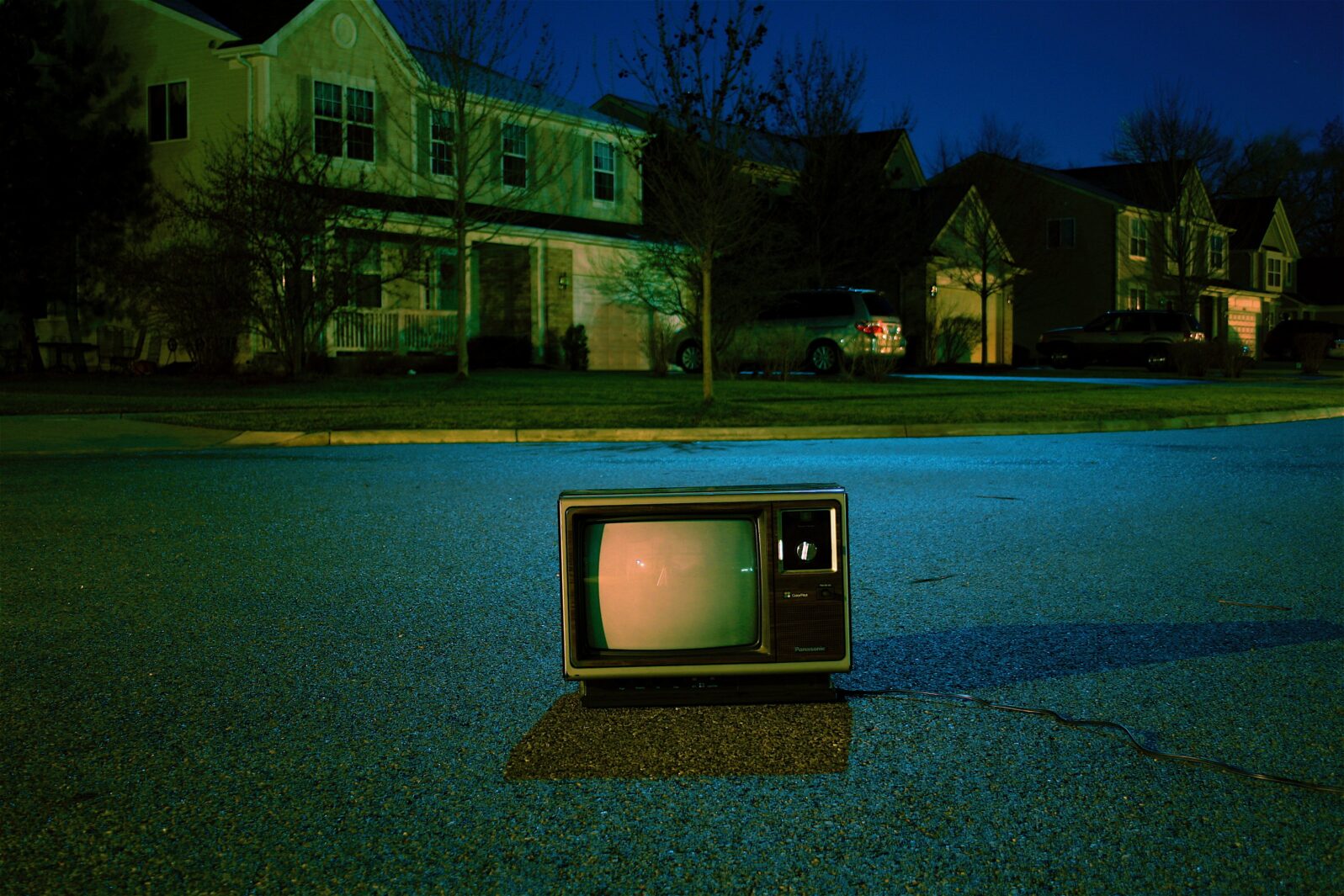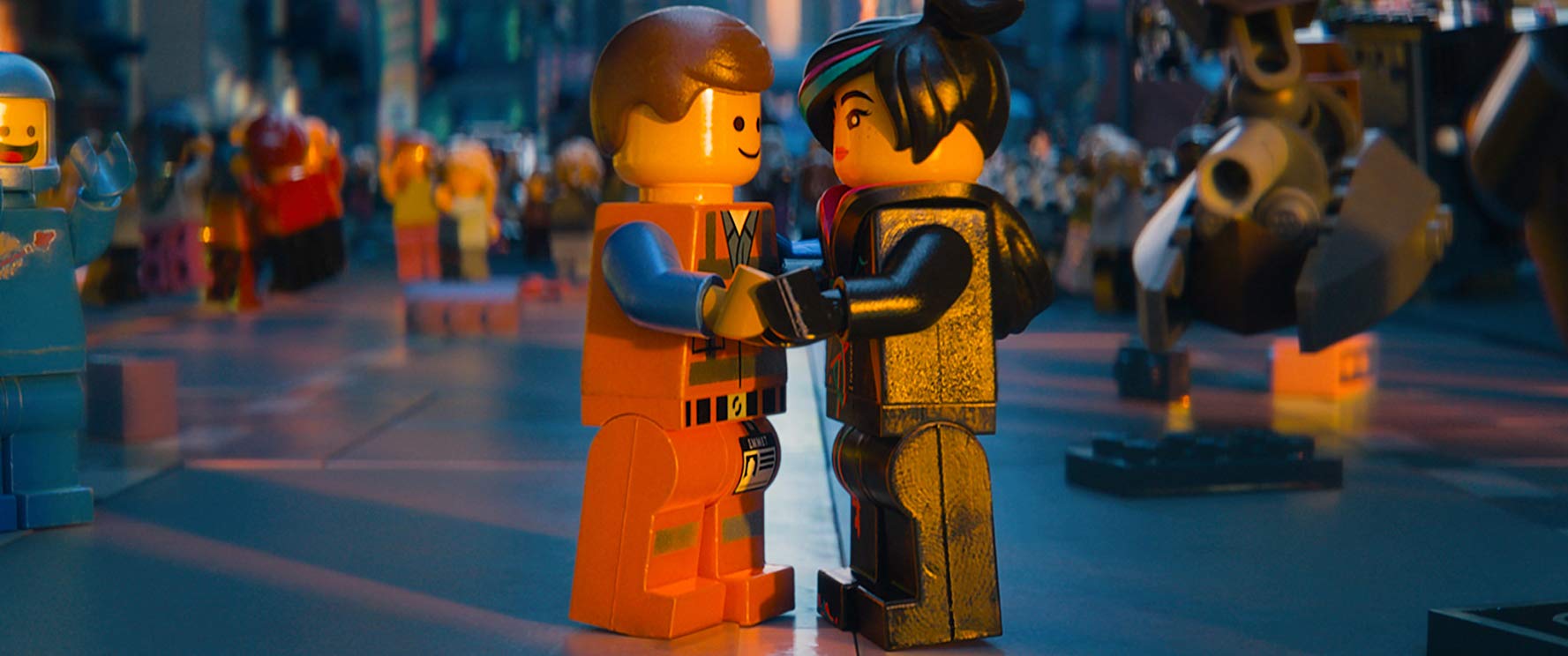Remember those awful Seventies TV ads?
The new “attention economy” killed that kind of advertising. But what now?The dominance of Google, Facebook and Amazon, together with ad blocking, have dealt a serious blow to conventional advertising, both the brands and the agencies that represent them. But the brands are fighting back:
As customers move to ad-free platforms, more brands will need to engage customers through long-form content. Consider The Lego Movie. The movie is the advertising.
Entertainment solves the interruption and credibility problem. Customers choose to immerse with the content. They are not interrupted to watch it. Plus, with long-form content, the brand takes the customer through a journey as opposed to trying to sell them on a product. Alberto Brea, “The Future Of Ad Agencies” at Forbes (September 17, 2017)
So now, instead of sitting through an ad interrupting a free TV special, you can pay to see a movie on your TV that is an hours-long ad. If it’s well-done, we won’t complain. But let’s be clear about what happened here.
It’s worth noting that major motion picture production is a niche only corporate giants can afford. Life won’t be as easy for small brands in a global world.
One way of describing the change is that we now live in an attention economy rather than a captive time economy, so far as advertising is concerned. For example, a half century ago, an ad from the sponsor of a news broadcast on the only available TV channel might feature a burly fellow shouting at all of us to buy his brand of electric razor, monopolizing everyone’s time while we waited for the news. Every decade since then has featured innovations that make it easier to just get away from him. Increasingly, whoever would sell us something must grab our voluntary attention, usually by targeting us as members of niche groups whose wants, needs, and attitudes are easier to predict than those of a mass audience were.
As a marketing manager explains,
New technology has increased consumer disdain for ads that are not relevant to them. The decline of advertising happened because of one simple fact: with traditional ads, a company communicates to a consumer, and the consumer cannot interact back.
The numbers show that the death of traditional advertising is real. In 2016, television advertising spend was at an all-time low of $17.8 billion, down from $19.1 billion in 2013–2014. A survey of CMOs also showed that in the recent past, digital marketing budgets have increased by 13.2%, while traditional offline advertising budgets have dropped by 3.2%. Alexis Ng, “How to survive the advertising apocalypse” at The Drum (April 24, 2017)
The noise can be deafening:
This is the modern media scape: An adrenaline-fueled, dopamine-engineered, titillating, exhilarating, unending plea for your ears, eyes, and mind. The channels are phone and screen, earbud and headset, social and search. The pace is relentless, and exhausting. Yet. We. Just. Cant. Stop.
In today’s Attention Economy, any brand or business that wants to establish or maintain its relevance needs to grapple with these realities. Donald Trump has risen to the most powerful position in the world by deftly exploiting attention—indeed, he may be the most deft practitioner in the modern era. His any-hour-of-the-day tweets and off-the-cuff comments are too provocative to ignore. Just ask anyone at CNN. Robert Safian, “How To Stand Out In The Attention Economy” at Fast Company (October 3, 2017)
It’s tempting to forget the most important thing: We are actually in control of the amount of the noise we let into our lives to a much greater extent than we were when we were listening to Burly Razor Guy while waiting for the news. Advertisers cannot really force us to pay attention the way they could in the past. And that is not something the advertisers want us to contemplate very much.
See also: Children are watching much less TV. But what we learned from children’s TV is coming back to haunt us

